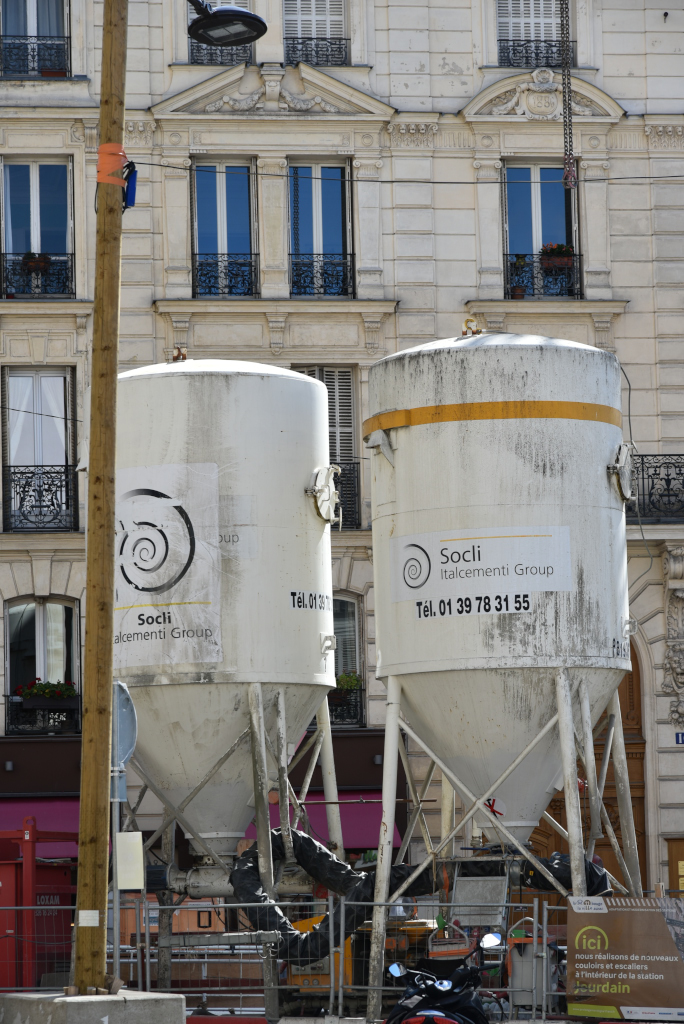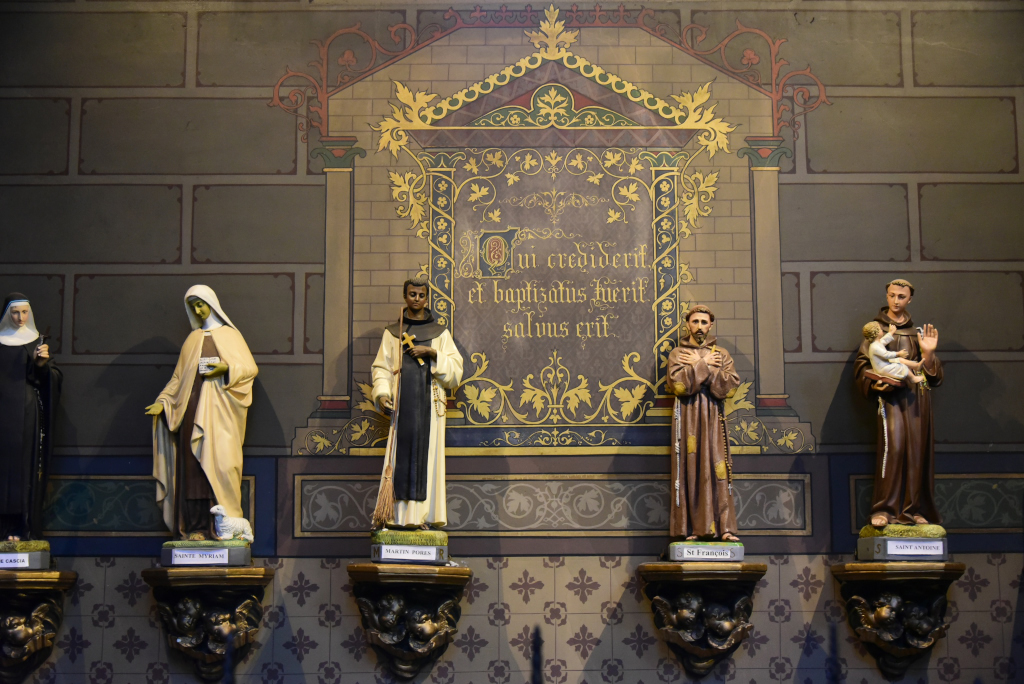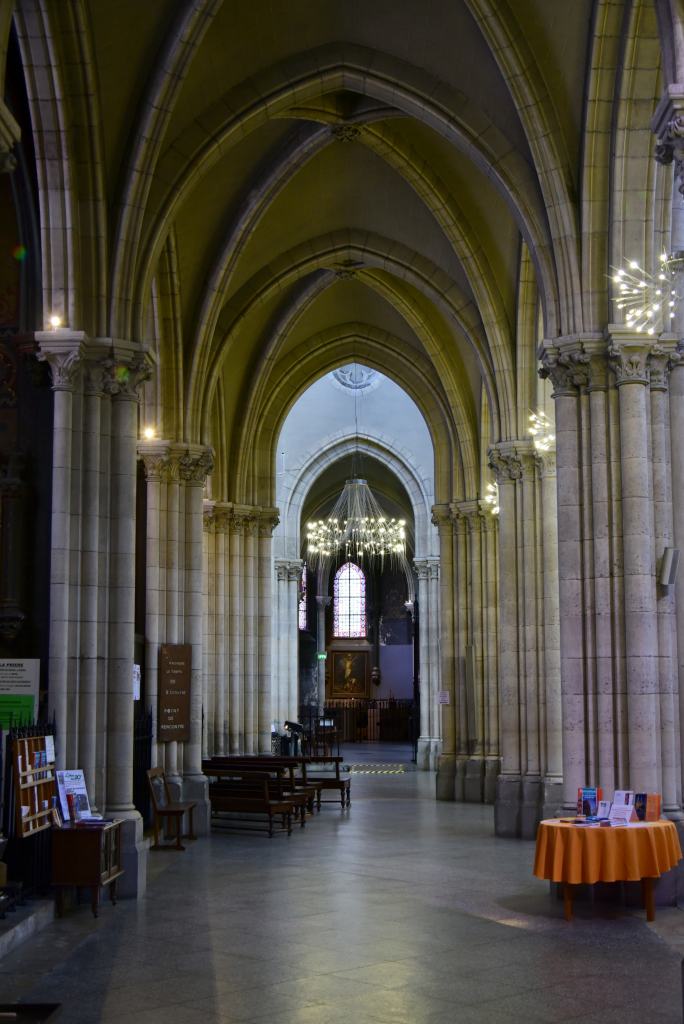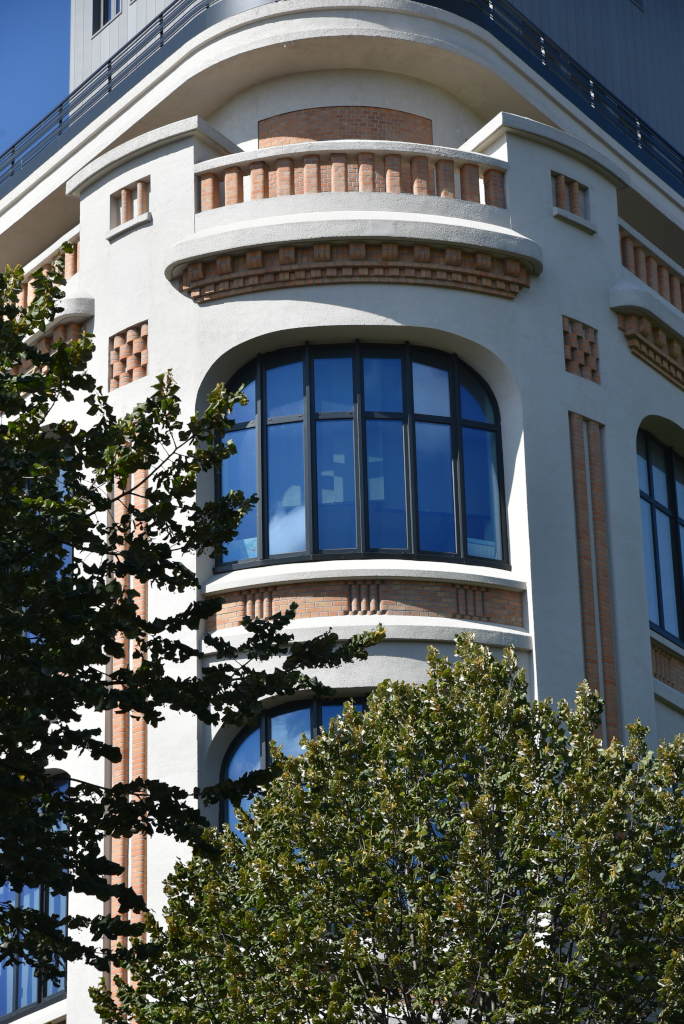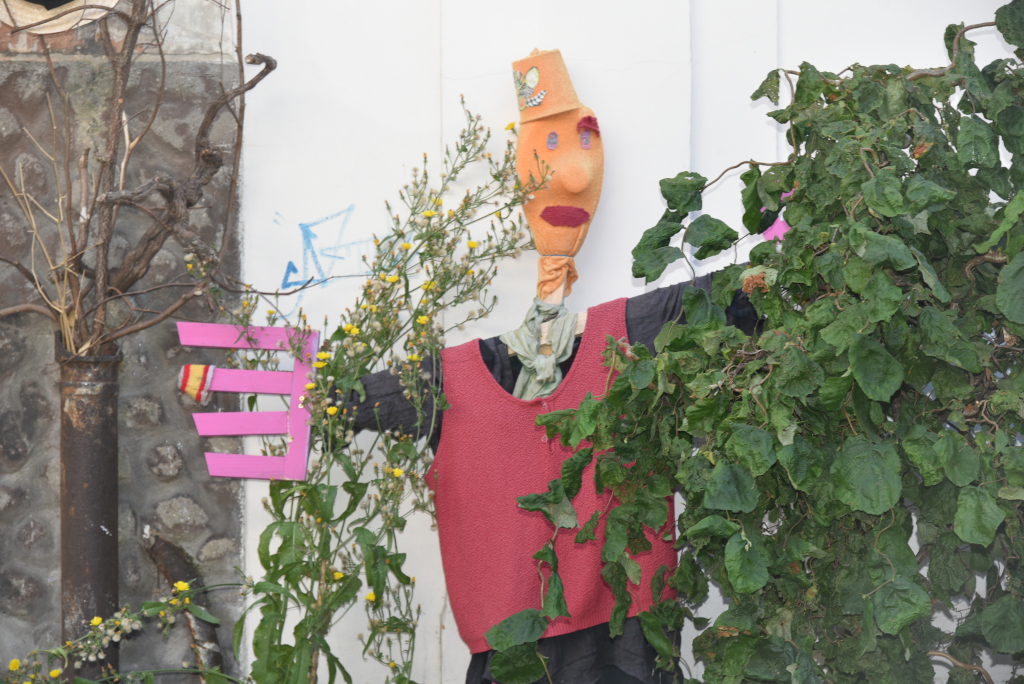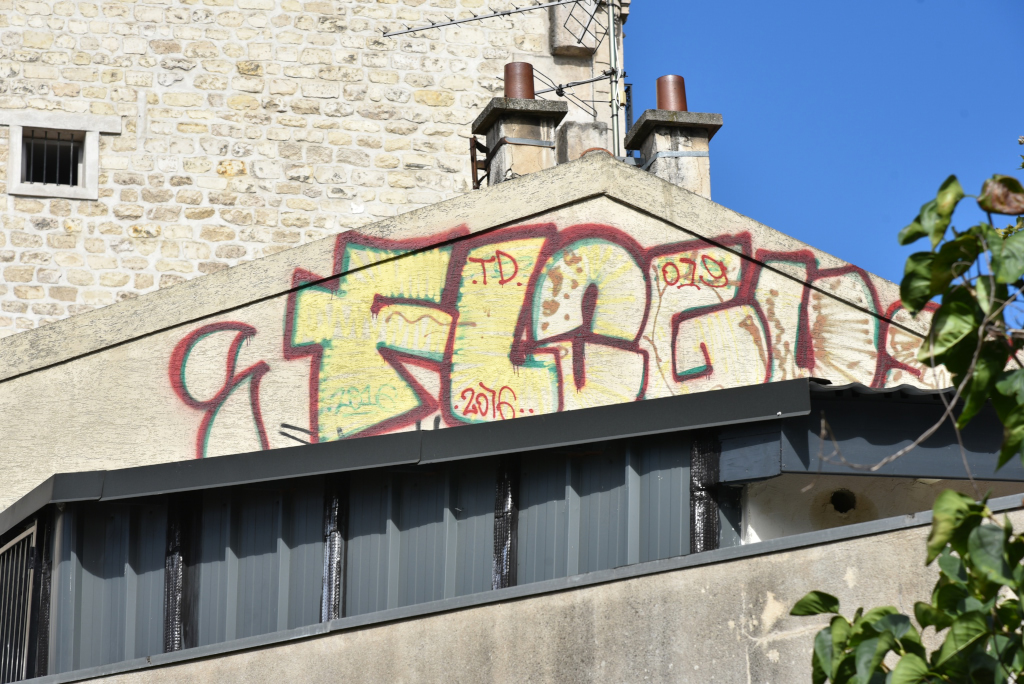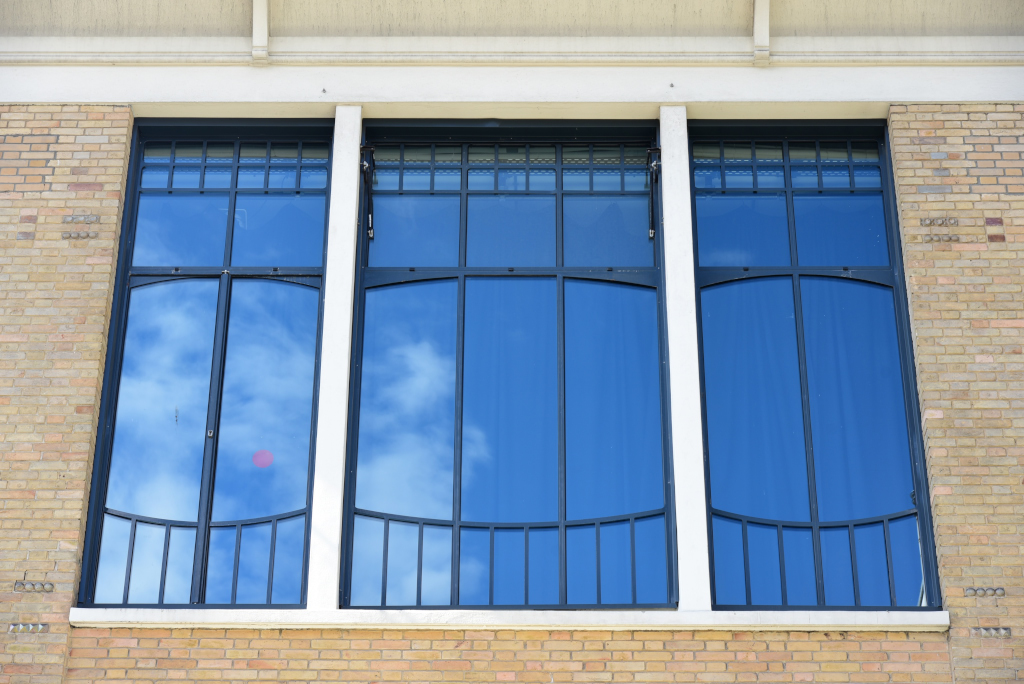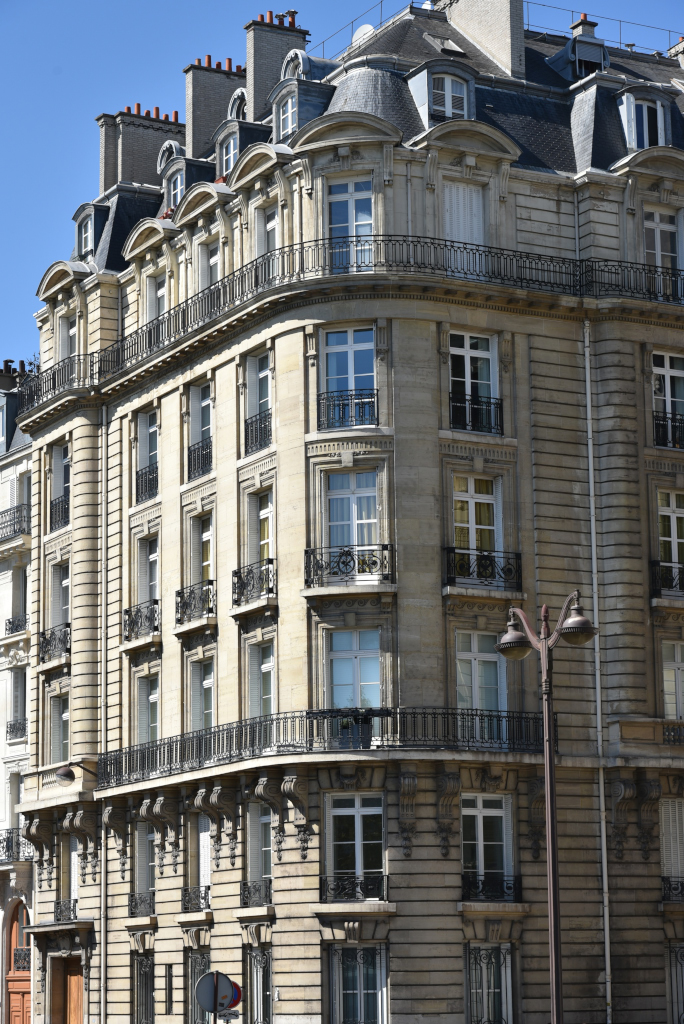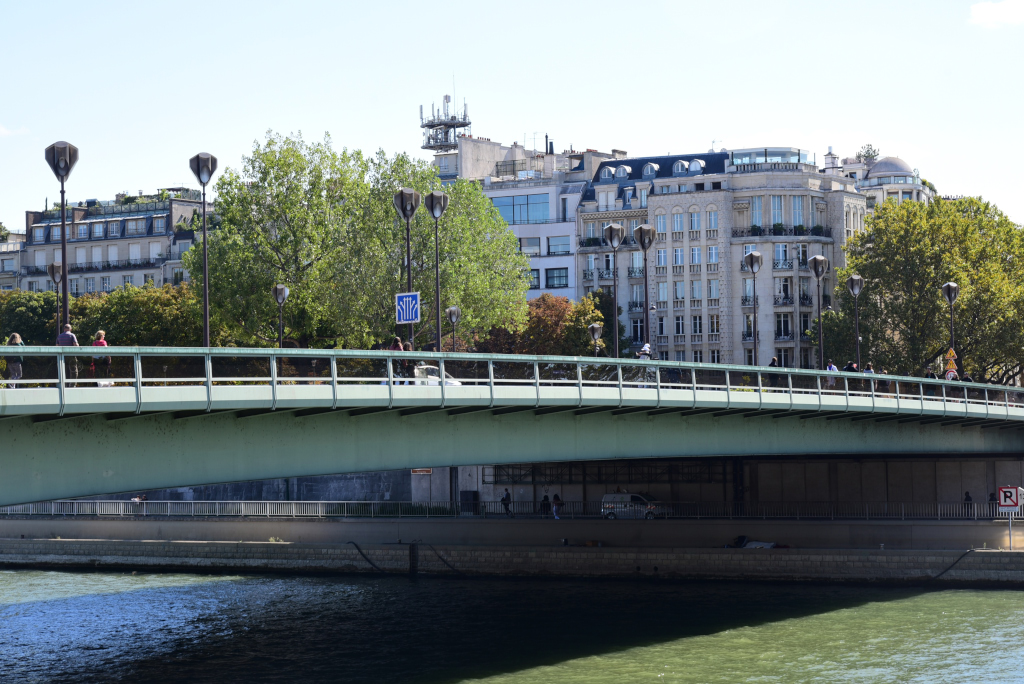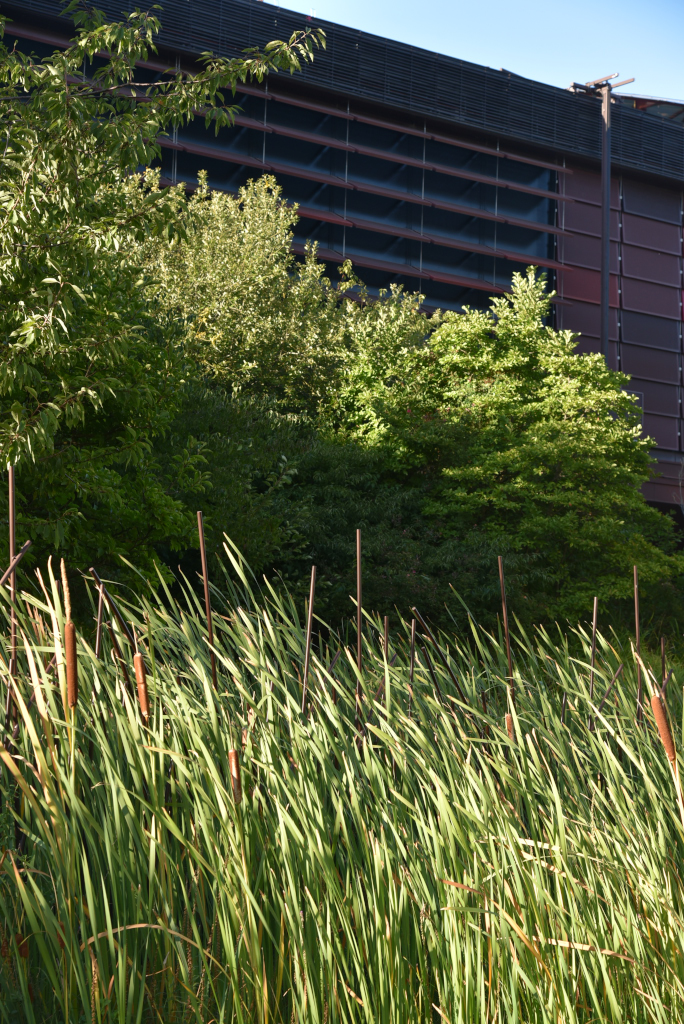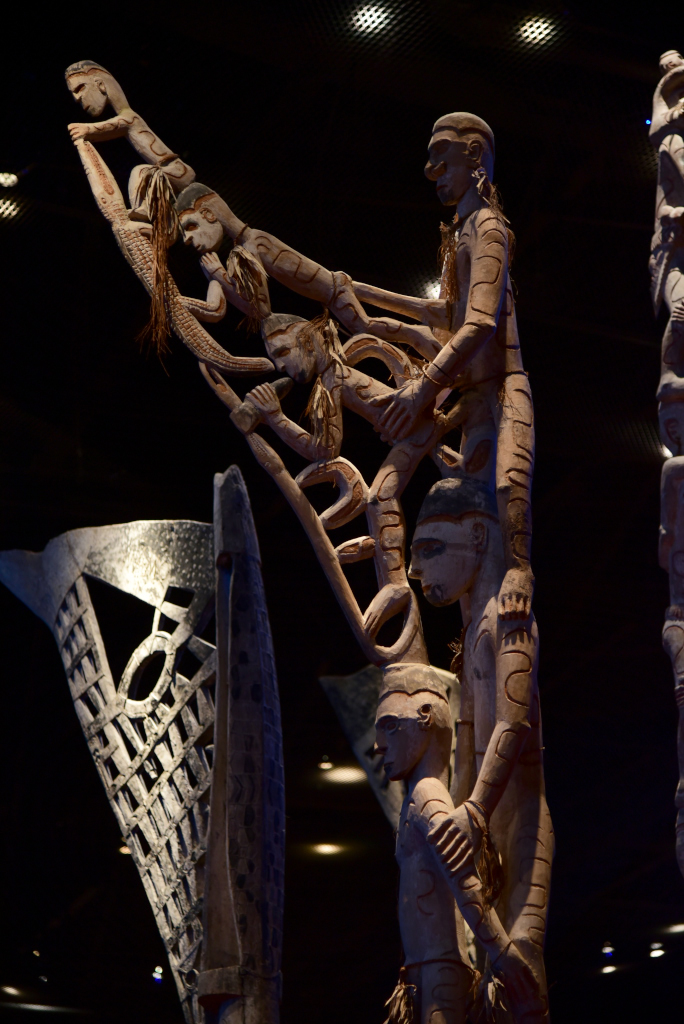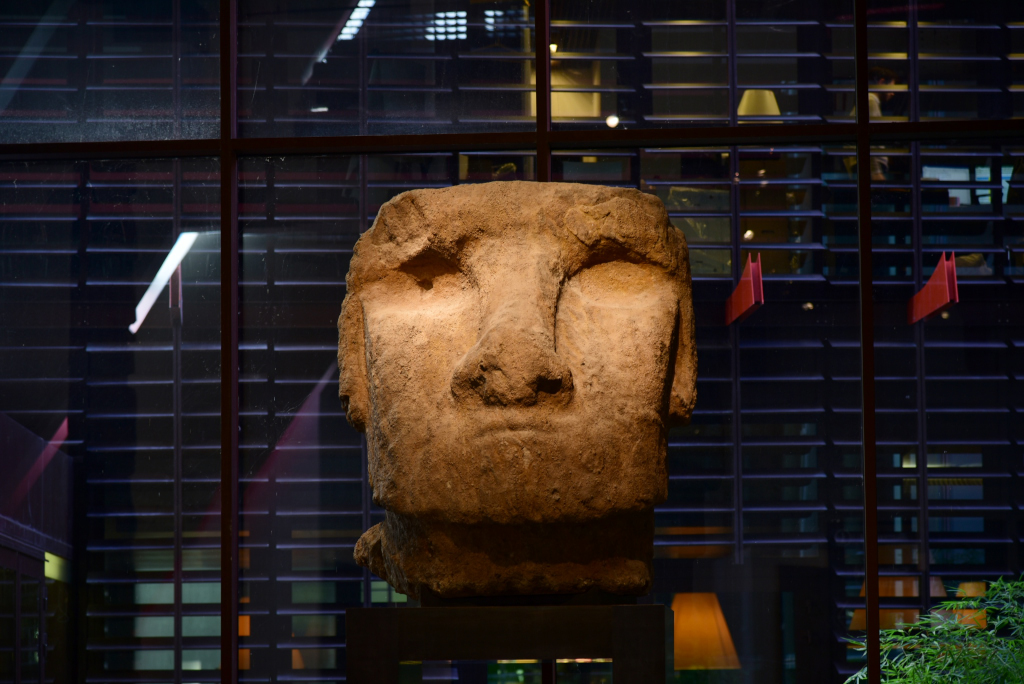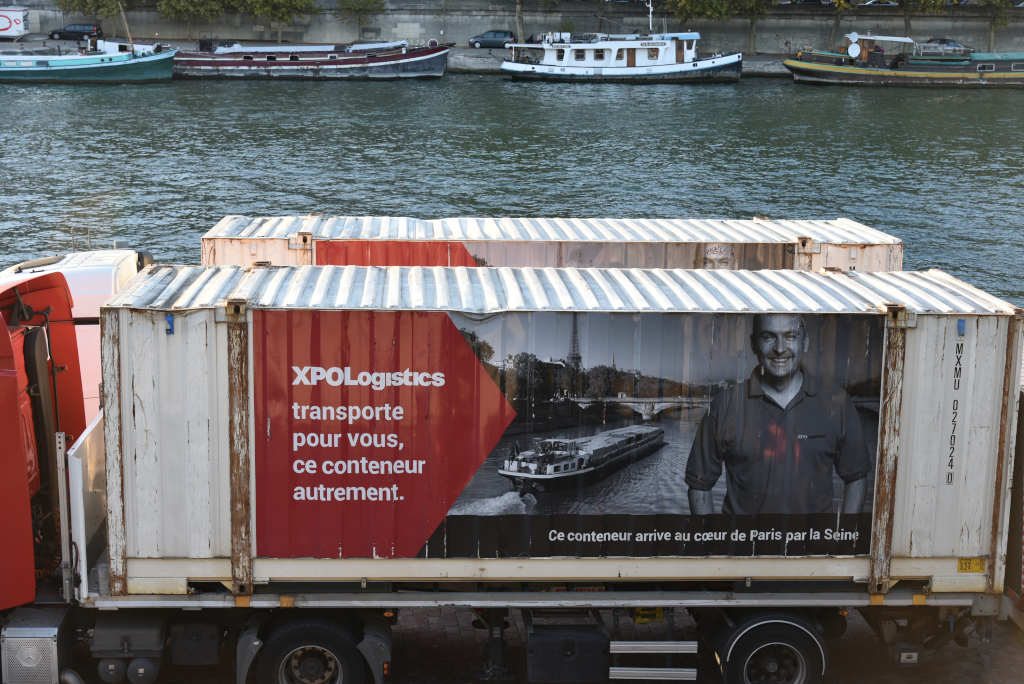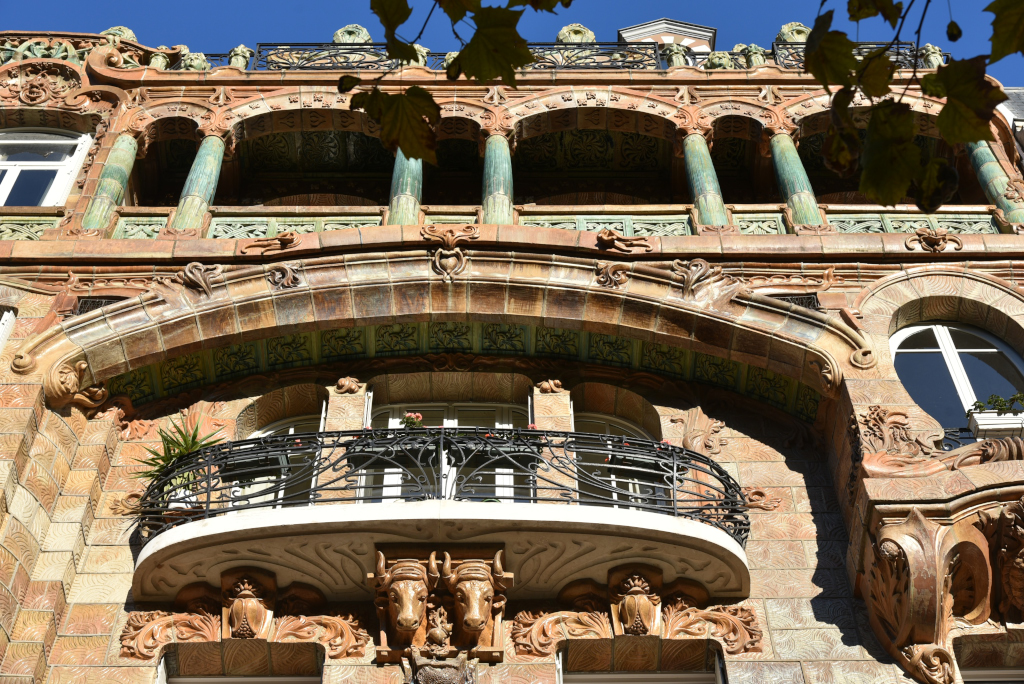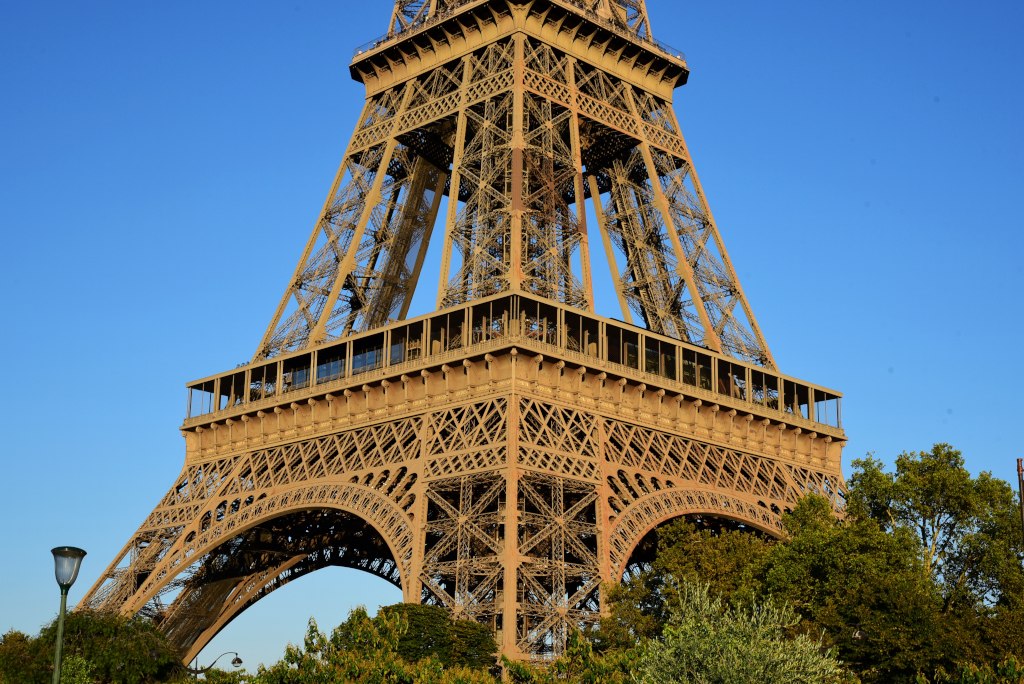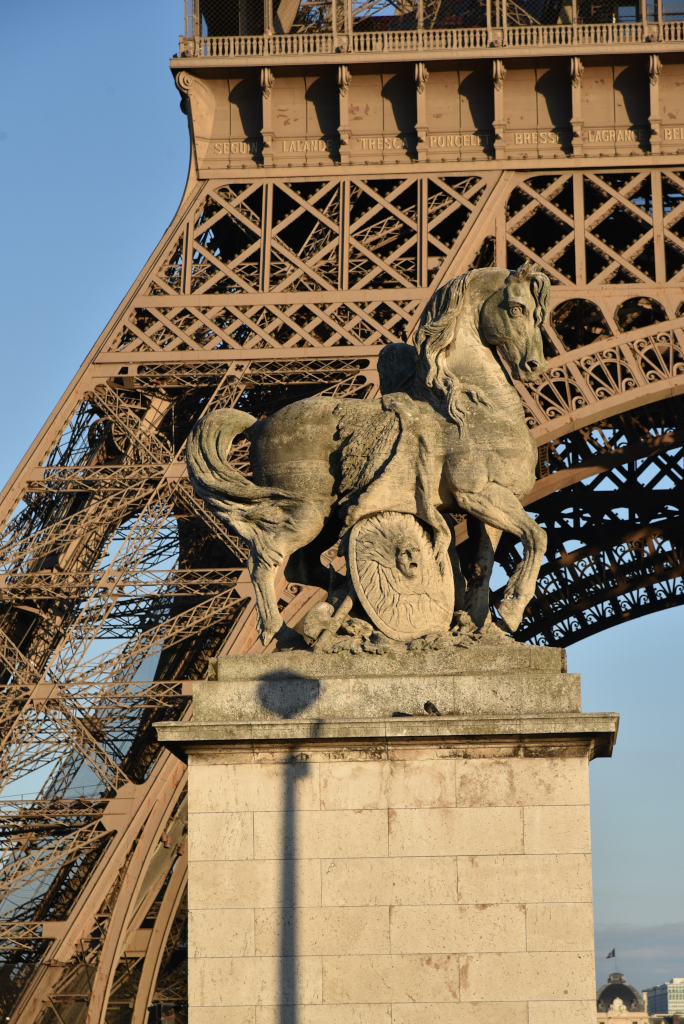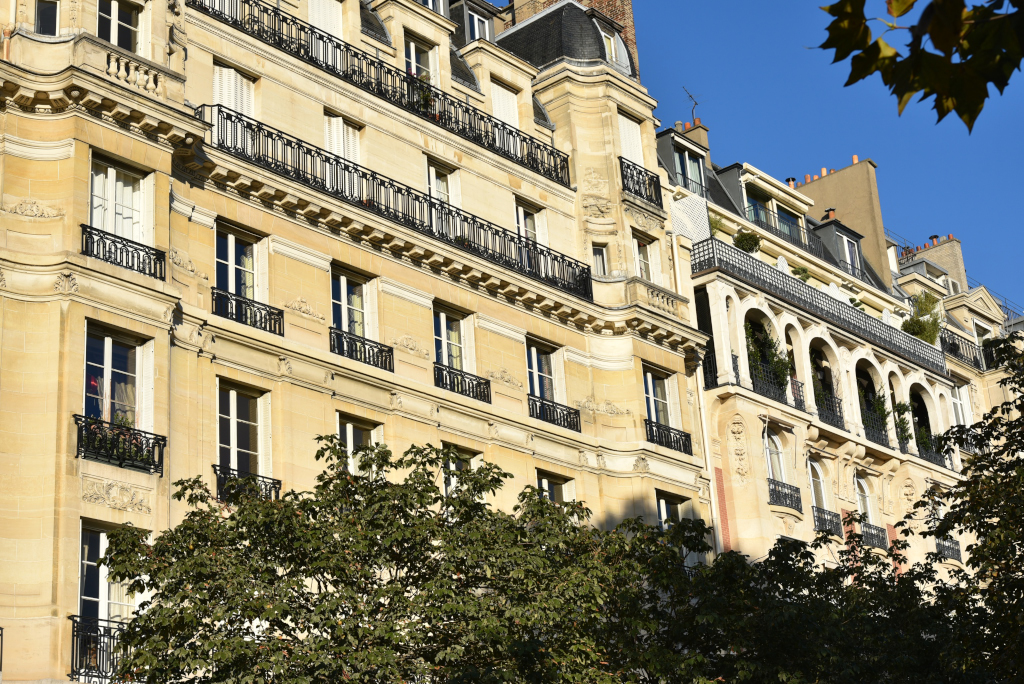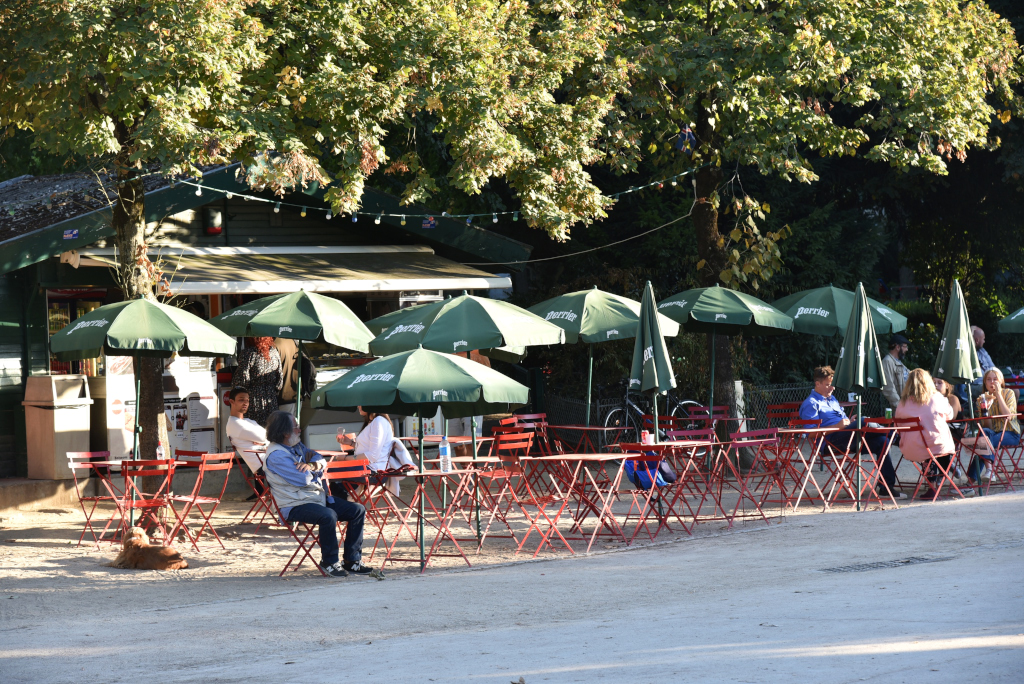September 7, 2018
I return to the point where I began my visit to Paris yesterday, the small square in front of the Saint-Jean-Baptiste de Belleville church just off the rue de Belleville, the cafe here as much of the neighborhood personable and welcoming, unlike the very different atmosphere that would greet visitors inn the more privileged areas of the centre.
At the heart of Belleville lies the Saint-Jean-Baptiste de Belleville church, one of the oldest neo-Gothic churches of Paris, built in the mid-19th century. Replacing a church built in the 17th century, Saint-Jean-Baptiste de Belleville is the most noted work of Jean-Baptiste-Antoine Lassus (1807-1857), one of the first architects of the neo-Gothic style in the middle of the nineteenth century in France. The church’s claim to fame in the modern era is that Édith Piaf was baptised in this church.
A short walk to the east of the Parc de Belleville lies Ménilmontant, another neighborhood that attracts substantial attention for its ethnic and bohemian character. Ménilmontant is unique, however, due to its architectural character, age and topography of the specific parts of the whole. One highlight of the neighborhood are the outdoor spaces reclaimed from torn down buildings or properties held in limbo, converted to a blend of trendy bars and politicized community spaces, typically with whimsically decorated areas rich in greenery and expansive murals.
The neighborhood is also rich in the elegant and heavily embellished 19th century residential palaces that are so typical of Paris, although not quite as ornate as those found in the centre of town. Before 1860 and its annexation in Paris by Haussmann, Ménilmontant was a village of the suburbs, belonging to Belleville. Today hip restaurants, bars, cafes, galleries and concert halls abound. Ménilmontant is also known for its extensive murals that decorate the walls of the borough.
Its geographical location and altitude made the district one of the main contributors to the water supply of Paris. A property that historically dominated the neighborhood was the Château de Ménilmontant, which exceeded the size of the Père-Lachaise cemetery. The estate belonged to the family of Le Peletier since 1695, but is no longer present today. In Ménilmontant there are still small alleys and cités, almost concealed pathways lined with small houses built in the early 20th century for workers.
The 7e arrondissement lies in the heart of Paris, on the south of the Seine river, to the west of the core. My visit begins at the edge of the river, at the Flamme de la Liberté, a full-sized, gold-leaf-covered replica of the flame of the torch from the Statue of Liberty, located near the northern end of the Pont de l’Alma, on the Place de l’Alma, in the 8th arrondissement. It was erected to commemorate the 1987 celebration of the hundredth anniversary of the International Herald Tribune newspaper, but is now an unofficial memorial to Lady Diana.
Today I fulfill a dream I have had for many years, and that is to visit the stunning Musée du quai Branly set on the banks of the Seine, home to one of the leading ethnographic collections on the planet. The unquestionable draw for me to this museum is the vast Oceania collection, featuring work from Papua New Guinea, the Solomon Islands, New Caledonia and Vanuatu, including totemic statues, ritual masks, shields, ceremonial costumes and drums. The museum collection comprises more than a million objects (ethnographic objects, photographs, documents), of which 3,500 are on display at any given time.
The Quai Branly Museum opened in 2006, and is the newest of the major museums in Paris. The museum received 1.15 million visitors in 2016. The museum contains the collections of the now-closed Musée national des Arts d’Afrique et d’Océanie and the ethnographic department of the Musée de l’Homme, plus recently acquired objects. The permanent collection has 300,000 works, 700,000 photographs, 320,000 documents, 10,000 musical instruments, and 25,000 pieces of textile or clothing.
Among its collections of ethnographic objects from Africa, Asia, America and Oceania, the museum has notable collections of objects, gathered during the French colonization of North America, from Quebec to Louisiana, in the 17th and 18th centuries. Another group of items presents the role of women voyagers in the 18th and 19th centuries. It also has a collection of paintings by Aboriginal Australians, in particular paintings made on eucalyptus tree bark.
The museum complex comprises four buildings, occupying 30,000 square metres, which, along with the garden, cost 233 million euros to construct. The main building containing the galleries of the museum is 210 metres long, covers 4,750 square metres, and has a 3,000-square-metre terrace on the roof, the largest roof terrace in Paris. It is constructed in the form of a huge bridge, suspended ten meters over the garden, and supported by two large concrete silos at the east and west ends and by twenty-six steel columns.
The area running eastward towards the Eiffel tower is fabulously elegant, featuring some of the most sought-after real estate in Paris. The quays running alongside the Seine host sprawling cafes with views over the river, the tourist boats slowly plying the river, the regal Pont de l’Alma spanning the river and the Musem of Modern Art complex located on the far side. Despite the vast open spaces in the area, the masses of tourists are palpable, crowding inevitably towards one of the most recognized tourist attractions on the planet, the Eiffel tower.
Constructed from 1887 to 1889 as the entrance to the 1889 World’s Fair, the Eiffel tower was initially criticized for its design, but it has in the meantime become a global cultural icon of France and one of the most recognizable structures in the world. The tower is the most-visited paid monument in the world; 6.91 million people ascended it in 2015. The tower is 324 metres high, about the same height as an 81-storey building, and the tallest structure in Paris. At the time it was built, the Eiffel Tower surpassed the Washington Monument to become the tallest man-made structure in the world, and was the first structure to reach a height of 300 metres.
Beyond this singular monument, the gorgeous residential buildings of the area provide a good reason to wander the seemingly interminable streets laid out in a grid pattern, occasionally interrupted by ones running at angles. Stunning exemplars of Second Empire and Art Nouveau architectural styles abound. Notably, very little evidence is found in the centre of Paris of its earlier roots, as much of the city was substantially modernized centuries ago for administrative and political purposes.
The Hôtel national des Invalides (commonly referred to as Invalides) was proposed by Louis XIV as a home and hospital for aged and unwell soldiers. Today the complex contains museums and monuments relating to the military history of France, a hospital, a retirement home for war veterans, the Musée de l’Armée, the military museum of the Army of France, the Musée des Plans-Reliefs, the Musée d’Histoire Contemporaine, as well as the Dôme des Invalides, a large church, the tallest in Paris at a height of 107 meters. It also houses the tombs of some of France’s war heroes, most notably Napoleon.
(narrative excerpted from Wikipedia)




